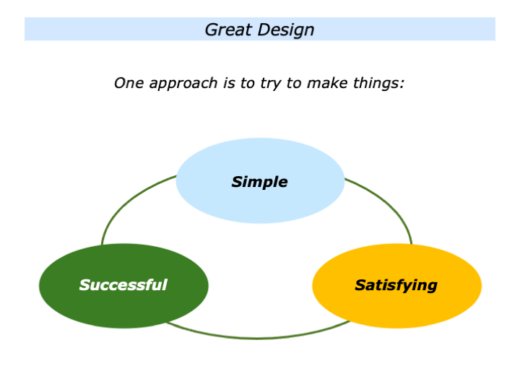
There are many approaches to doing fine work. One is to learn from the elements of great design. It is to produce things that are simple, satisfying and successful.
This sounds simple in theory, but it can be harder to translate into action. Let’s explore how you can follow these steps in your own way.
If you wish, start by tackling the exercise on this theme. This invites you to do the following things.
Describe something you would like to design in the future. This could be a seminar, garden, house, business, solution to a problem or whatever.
Describe the real results you want to achieve with this piece of design.
Let’s move on to how you can create this piece of design.
Simple
Human beings love to design things. They love to make things work, find solutions or create their version of paradise.
Christopher Alexander, the pioneering architect, said that we can sometimes recognise great design by the fact that it helps us to feel alive. He wrote in The Timeless Way of Building:
Each one of us has, somewhere in his heart, the dream to make a living world, a universe.
Architects nurse this desire at the centre of their lives, says Christopher. One day, somewhere, somehow, they want to create a building that is wonderful, a place where people can walk and dream for centuries.
Every person has some version of this dream, maintains Christopher. Some wish to create a house, a garden or a fountain. Others wish to create a relationship, a painting or a book. He described how this is embodied in his own field of architecture.
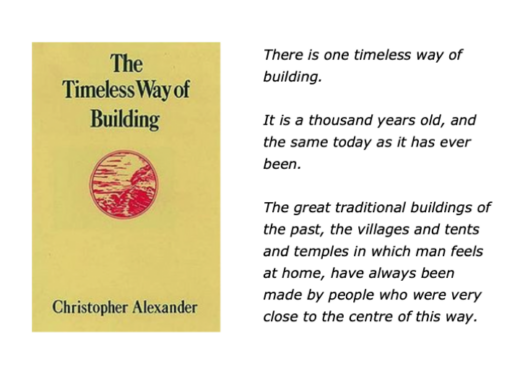
If you have a feeling-vision of the things – a painting, a building, a garden, a piece of a neighbourhood – as long as you’re very firmly anchored in your knowledge of that thing, and you can see it with your eyes closed, you can keep correcting your actions.
It’s not a question of holding onto every little detail, but of holding onto the feeling.
Simplicity is genius, we are told. Art Fry’s invention of Post-it Notes demonstrated simplicity in action. So did the Sony Walkman and Apple Macintosh. Many educators pass on knowledge that embodies profound simplicity.
If you wish, try tackling the exercise on this theme. This invites you to do the following things.
Describe the specific thing you want to design.
Describe the specific things you can do to make it simple.
Satisfying
Superb design is satisfying on a number of levels. Physically it looks and feels good. Practically it works and is user friendly. There is an old Shaker dictum that says:
Don’t make something unless it is both necessary and useful;
but if it is both necessary and useful,
don’t hesitate to make it beautiful.
Deborah Berke, an architect, goes even further. She described this in the following way.
One of the main criteria for the design of the everyday, though, is sensuality. Something that is sensual evokes a response that’s not just visual or intellectual: It’s suggestive.
Good educators embody some of these elements when designing satisfying educational experiences. They follow the old belief that the learner learns what the learner wants to learn. They try to make the learning:
Personal – It must relate to the person and their goals.
Practical – It must be practical and provide tools that help the person to reach their goals.
Profitable – It must be, in the widest sense, profitable and help the person to achieve their goals.
If you wish, try tackling the exercise on this theme. This invites you to do the following things.
Describe the specific thing you want to design.
Describe the specific things you can do to make it satisfying.
Successful
Great design works. It does the job. Terence Conran, a pioneer in design, described this in the following way.
Good design is probably 98% common sense. Above all, an object must function well and efficiently – and getting that part right requires a good deal of time and attention.
Frank Lloyd Wright’s famous house Falling Water shows how something can be simple, satisfying and successful.
Human beings are designers by nature. They love to go through the stages of design, development and delivery. But we still face many design challenges.
Perhaps the greatest is to care for our planet. It is to build sustainable systems that achieve ongoing success. This is our duty to future generations.
You will have your own approach to design. If you wish, however, try tackling the final exercise on this theme. This invites you to do the following things.
Describe the specific thing you want to design.
Describe the specific things you can do to make it successful.


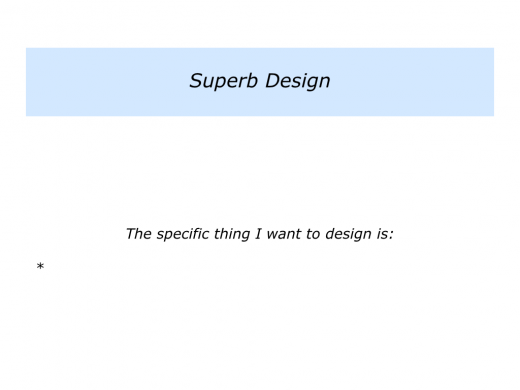
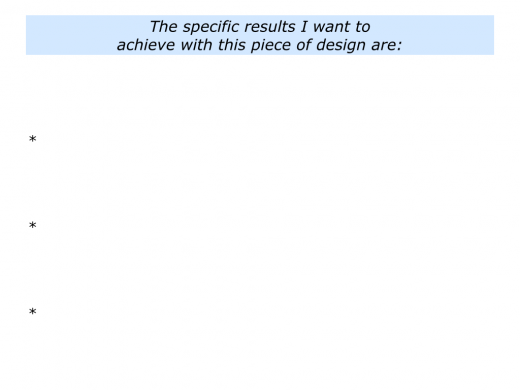
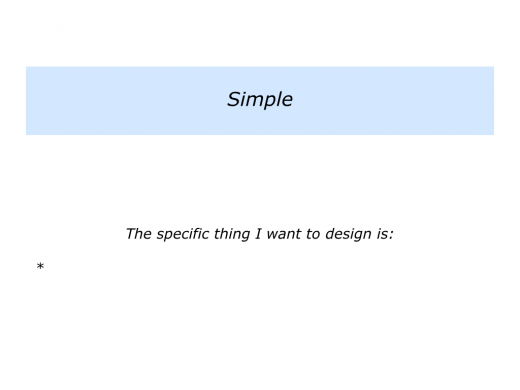
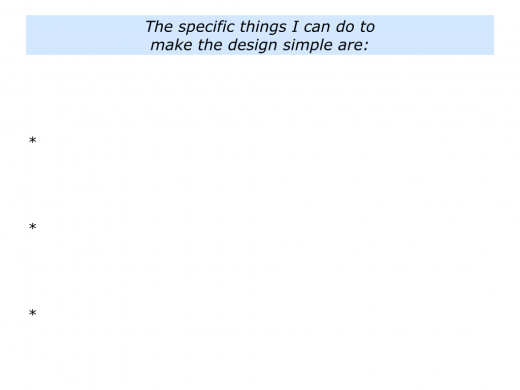
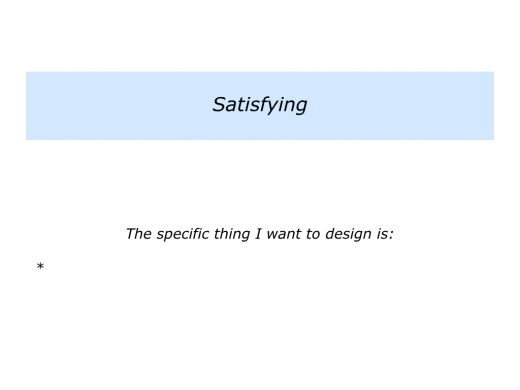
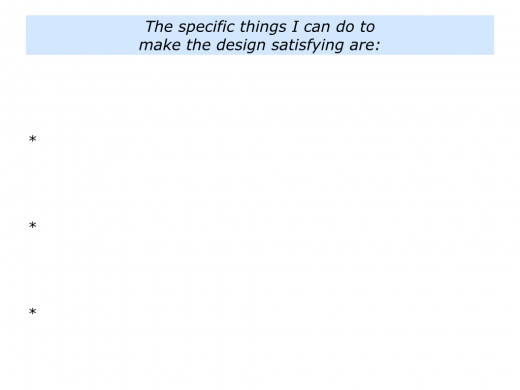

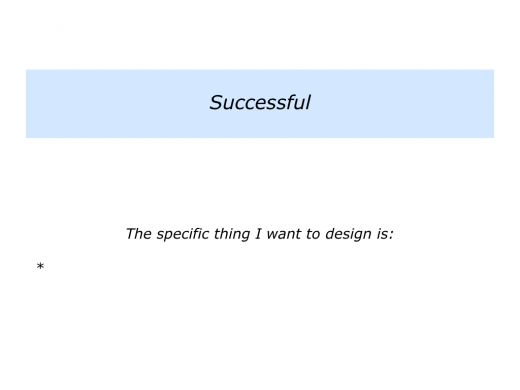
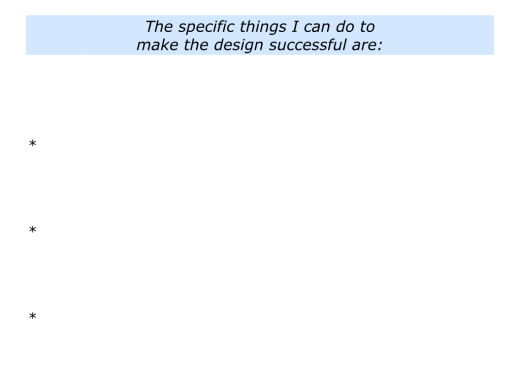




Leave a Reply